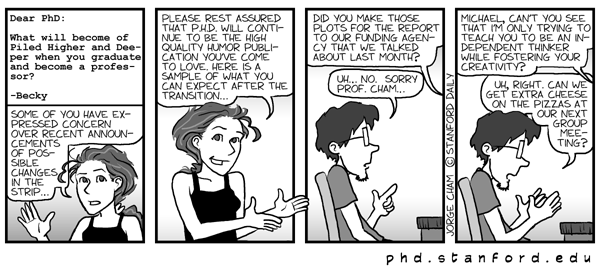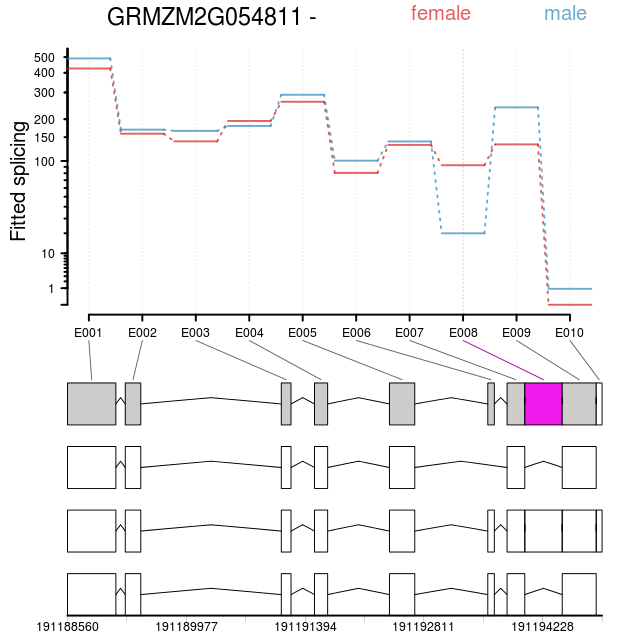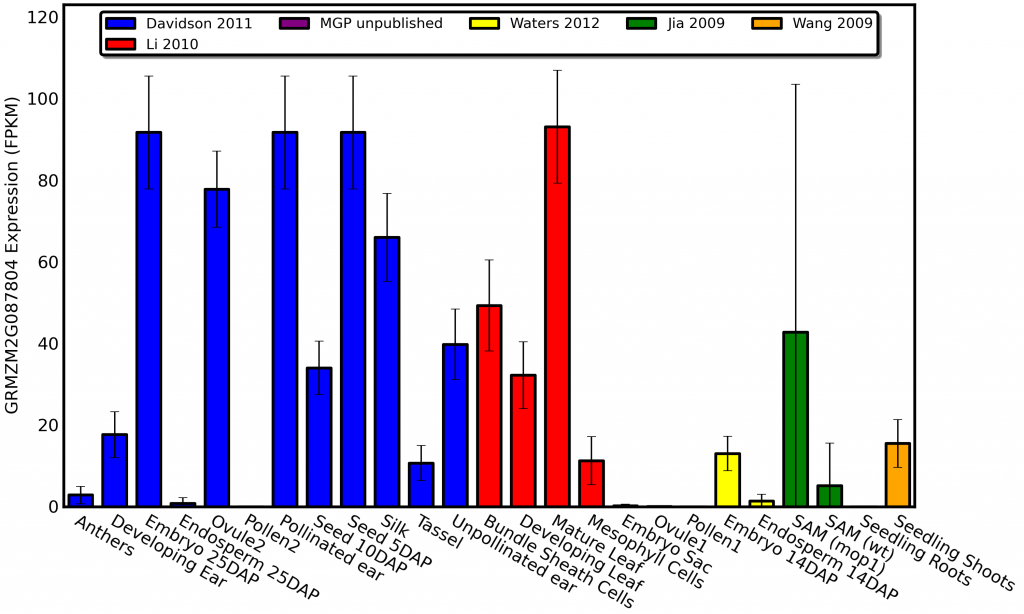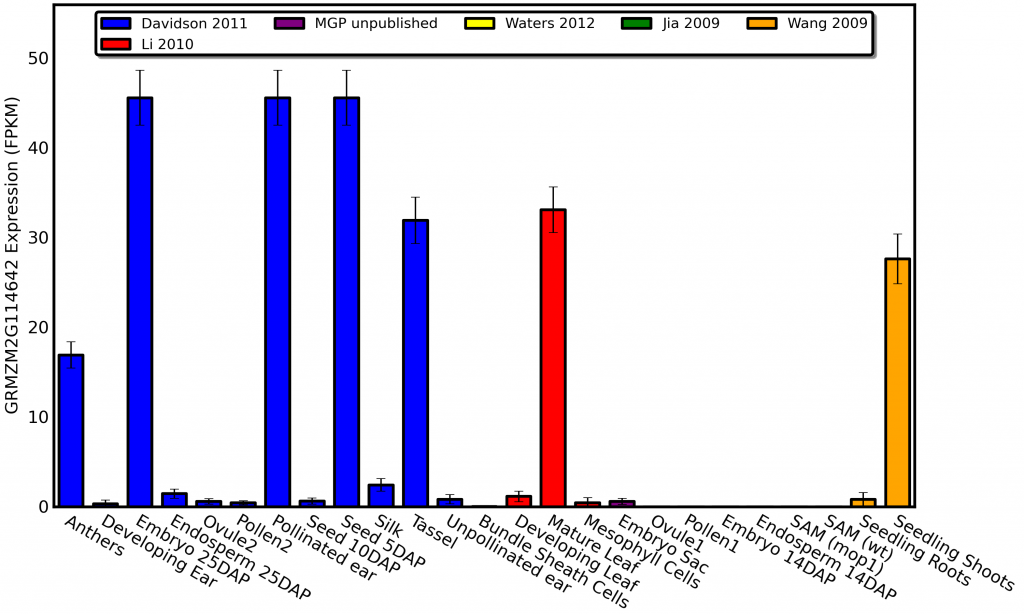This will be my third year attending the Plant and Animal Genome conference in sunny San Diego. I’ve been fortunate enough to get to experience the conference in a bunch of different roles.
- My first year I was an overwhelmed young grad student with a poster and the silly idea that I could pack my schedule full of sessions all day every day without suffering melting of the brain. (You really need to pick and choose at PAG. It’s like an all you can eat buffet of science, it is all to easy to go overboard.)
- My second year I returned to PAG as an actual presenter giving two talks to packed sessions (which isn’t an endorsement of my own science I was sandwiched between successful scientists who also happened to be gifted speakers both times).
- And now in my third year I’ll get to see PAG through the eyes of an exhibitor. No, this doesn’t represent my post-PhD career path. This year PAG happened to fall in the break between filling my dissertation and the start of my next “real” job.
Anyway, my plane is about to board so I should wrap this up. To all the rest of you who are coming to the conference, hope you have a great conference, don’t push yourselves too hard, and drop me a line if you’d like me to hook you up with a free t-shirt. 😉






